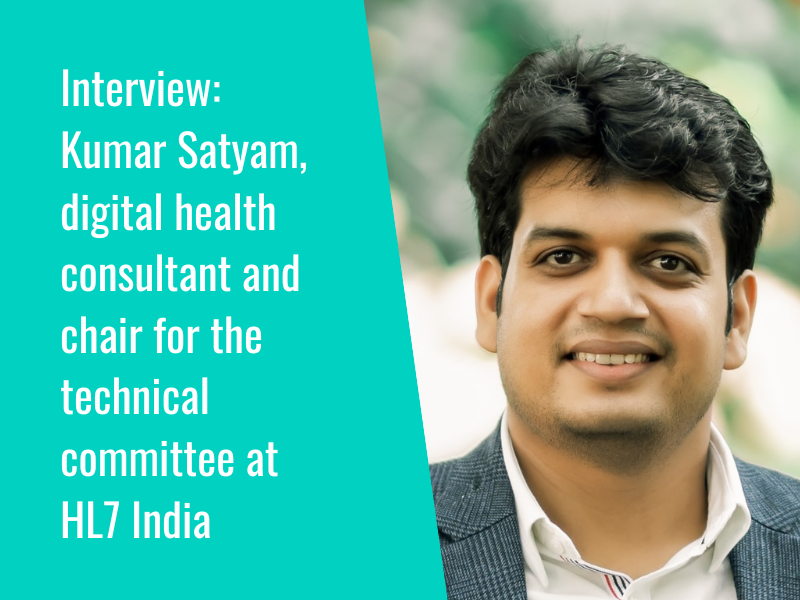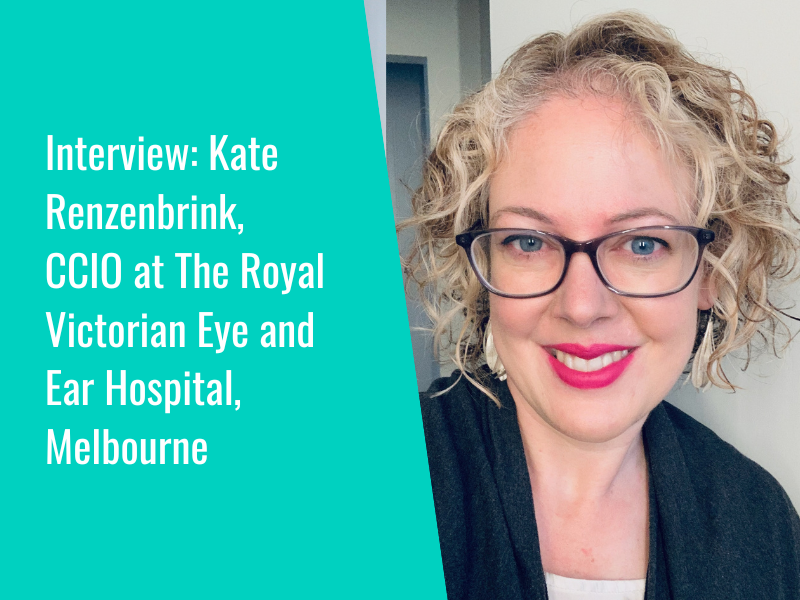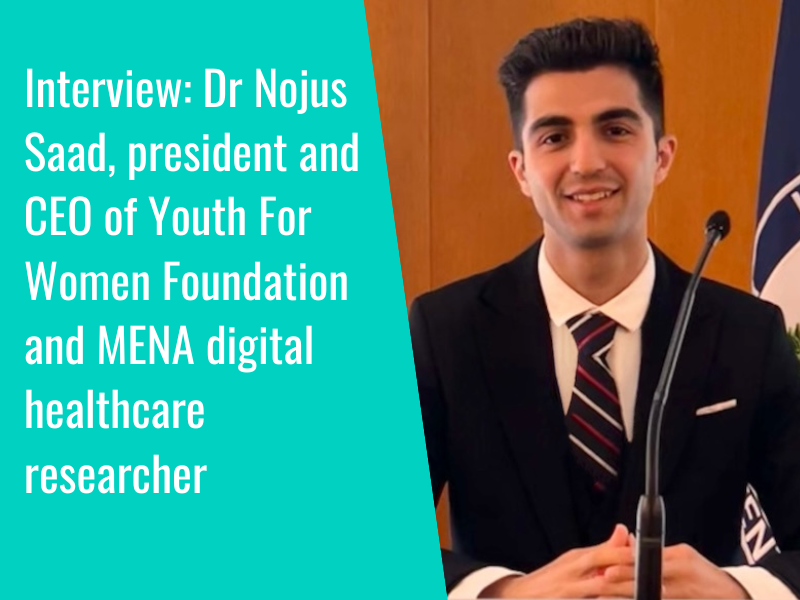Join us as we take an in-depth look at some of the progress, priorities and available research on digital health in South Africa.
Priorities and progress for digital transformation in South Africa
From the National Digital Health Strategy for South Africa, which runs until this year, priorities for digital health in the country include developing a complete health electronic record, digitising health systems’ business processes, establishing an integrated platform and architecture for the health sector information system, scaling up mHealth for community-based interventions, and developing digital health workers. Strategic objectives include developing digital health leadership capacity, undertaking “multi-stakeholder engagement” on digital health, developing funding mechanisms for digital health, strengthening governance and oversight for strategy implementation, and establishing an “integrated information architecture for interoperability and effective, safe sharing of health information across health systems and services”.
Various projects have been underway on a regional and national level to advance digital health in South Africa, largely placing a focus on improving infrastructure, access, skills, and innovation. Some of the major projects that have been underway across the country include the implementation of the Health Patient Registration System in public health facilities, the development of the Electronic Vaccination Data System, and the roll-out of the MomConnect maternal health initiative.
In preparation for the roll-out of National Health Insurance (NHI), the South African government has registered over 57 million South Africans in the electronic Health Patient Registration System and is now working on implementing this system in hospitals. It is also continuing work on establishing a single, portable patient record system with an interoperable digital system.
The launch of the Electronic Vaccination Data System (EVDS) in South Africa has been hailed a “significant milestone” by Health Minister Zweli Mkhize in advancing toward Universal Health Coverage, as the first time a “major public health campaign will be supported by one digital system for all South Africans”. Mkhize also highlights the EVDS as fitting into the government’s wider commitment to strengthen the health system by developing an information system to guide health policy, strategy and investment. Other key ways the Minister notes that the system represents digital advancement in South African digital health include its compliance with the Interoperability Standards for Digital Health, the secure sharing of data between different systems, and the development of procedures and systems for identity verification of users of the health system.
South Africa has also taken strides toward improving maternal health with the help of digital, with the National Department of Health’s MomConnect initiative focusing on integrating “cell phone based technologies” into maternal and child health services. The initiative aims to “introduce a mechanism for registering electronically all pregnancies in the public health system as early has possible”, and to enable the sending of “targeted health promotion messages” to pregnant women.
The South African Medicines Formulary has also recently been digitised, meaning that citizens can now access information on medicines from their phone, tablet or desktop. The database is reviewed by clinicians regularly, and is updated every 6 months. It offers functionality including search and voice search, and the ability for users to create a “favourites list” to monitor specific medicines.
Research on digital health in South Africa
Now, let’s take a look at some research from the region.
Electronic health records
A research article published in Frontiers last summer explored the “barriers and facilitators to implementing electronic health records in a middle-income country”, with the authors highlighting key needs including tackling interoperability, developing underlying infrastructure, and building on existing systems.
Researchers interviewed public health specialists, digital health academics, government staff, managers in the private health sector, and more. These interviews resulted in four key areas that participants felt affected EHR implementation: leadership; skills and expertise; resources, funding and infrastructure; and governance.
On leadership, participants highlighted the importance of high-level buy-in, with one commenting that they did not feel that government representatives “have always understood the full project and the implications of taking on something like that if you’re talking about national implementation”. They added that high-level buy-in “improves long-term collaborations with stakeholders”, and noted that lack of this buy-in has led in some cases to a reduction in available support, with one participant sharing that a decision was made to “get rid of the digital health unit… that was a real setback because after that there was a complete gap.”
The importance of having a highly trained health care workforce was highlighted, with interviews raising the need to improve computer literacy. “Training needs to start early and accommodate everyone that joins the public health workforce,” one participant said, “starting with training people at universities. Pre-service is as important as in-service training. But training is an ongoing thing… it’s not a one off.” On this note, one participant pointed out that failure to train and prepare the workforce can lead the security issues: “The systems are pretty much sewn-up with encryption, protection, back-up, data security, disaster recovery, but they’re only as strong as the weakest link, which is us humans”.
On resources, funding and infrastructure, participants said that “significant investment” is required and noted that in South Africa, they tend to rely on secondary infrastructure from private sector companies “with whom we now have contractual issues”. They added that “much of the plans to develop a digital health eco-system are hampered by poor connectivity”, stating: “We can’t do what we need to do. Nearly 40 percent of public health facilities have no reliable connection to the internet. How do we run a real time data system that’s trying to run the national health insurance with portable health records?”
Concluding their study, the authors note that the Western Cape Province has, over a 20-year period, been able to create a provincial digital health eco-system and EHR. “Much of this progress has been attributed to consistent and high-level political support and sufficient technically capable staff both inside and outside government,” the authors acknowledge. Whilst South Africa has the “necessary policies” in place, they add, “the progress in implementing electronic health records has been limited.” They suggest that “drawing lessons from successful examples such as the Western Cape Province” would help in “guiding the country towards a digital health ecosystem and an electronic health record system.”
Read the study in full here.
Telemedicine use in district hospitals in KwaZulu-Natal
An article published in the International Journal of Environmental Research and Public Health explored the use of telemedicine by doctors in district hospitals within the KwaZulu-Natal province of South Africa.
Authors undertook a cross-sectional survey to find out about telemedicine use among a convenience sample of 143 doctors working across 22 district hospitals. A 43-item questionnaire was developed, covering five domains: “respondents’ demographics, technology ownership and connectivity, use of telemedicine, and knowledge of legal and regulatory issues, including consent, data security measures, and guidelines for telemedicine practice”.
On technology access, the study found that although 82 percent of respondents had access to a computer, only 65 percent had access to a computer with an internet connection. Further, only 13 percent of doctors reported having wireless access “within defined zones at eight hospitals”.
96 percent of respondents reported using “some form of telemedicine activity”, with the most frequently used mode of this activity being instant messaging and/or chat groups, followed by mobile phone calls, video conferencing, email, social media, and websites.
Findings showed that telemedicine was most frequently used in dermatology, paediatrics, orthopaedics, and burns. None of the respondents reported its use in either plastic surgery or acute medical care.
In terms of use frequency, chat groups were used in all of the hospitals studied, by 83 percent of the doctors, who used them for informing colleagues about patient status, “informal discussions about a clinical problem”, administrative purposes, and more. Video conferencing was used by 14 percent of respondents, with seven reporting that they used it on an ad hoc basis, five reporting that they used it weekly, and eight reporting its use once a quarter. The authors noted that at two sites in particular, “two doctors reported that the consulting paediatricians required them to send a video of infants in respiratory distress prior to their consideration of accepting transfers”.
In discussing these findings, the study’s authors noted that “although most doctors participated in some form of telemedicine, more than half did not consider their activities to be telemedicine”, stating that this would mean “doctors would not see the need to comply with current guidelines and regulations” on telemedicine. Many respondents were seen to have “a limited understanding of the meaning or concept of telemedicine as defined by the HPCSA”, and many also did not seem to recognise that their use of technologies such as mobile phones and messaging constituted some form of telemedicine.
Authors concluded that “the informal use of instant messaging by clinicians in KZ-N district hospitals is widespread and shows that doctors have, in the absence of any formal service, found different ways of meeting their needs”. They recommend that “practical guidelines need to be developed with the active participation of the clinical workforce that encourages innovation and the enhanced use of technology, including instant messaging apps such as WhatsApp”.
To read the study in full, please click here.
Citation: Morris C, Scott RE, Mars M. A Survey of Telemedicine Use by Doctors in District Hospitals in KwaZulu-Natal, South Africa. Int J Environ Res Public Health. 2022 Oct 11;19(20):13029. doi: 10.3390/ijerph192013029.
Earlier this month, we took a deep dive into the status of digital health in Canada, covering progress in areas such as electronic health records, emerging technologies, and digital health priorities.
- 1
- 2
















